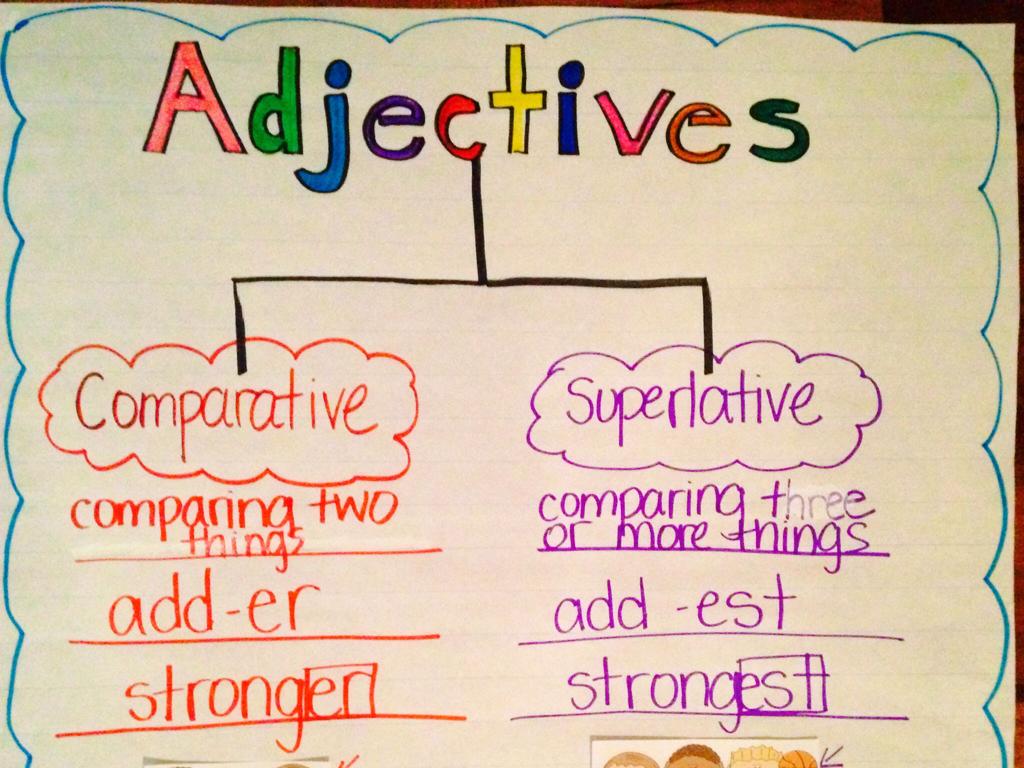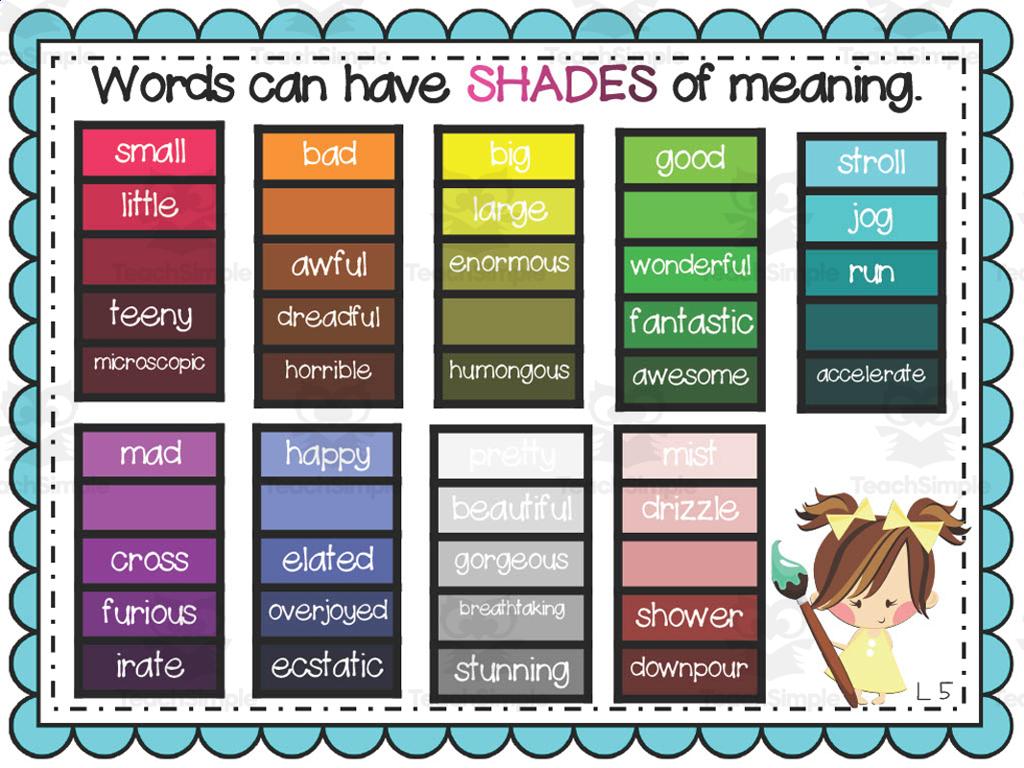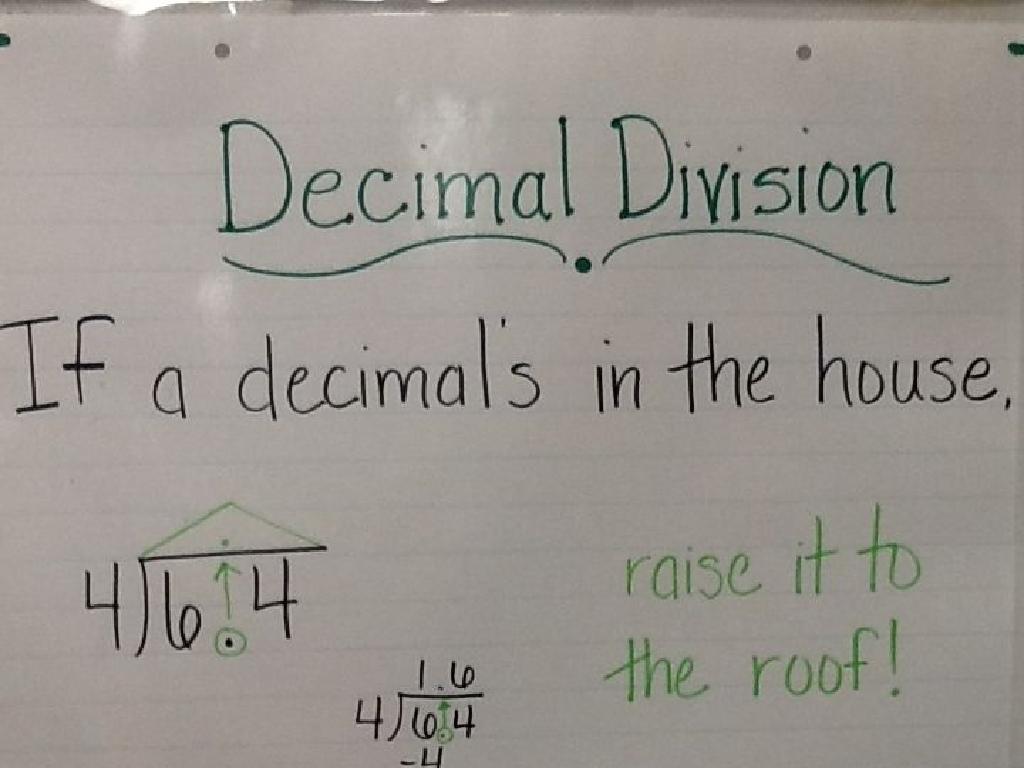Parts Of Speech: The Noun
Subject: Language arts
Grade: High school
Topic: Grammar
Please LOG IN to download the presentation. Access is available to registered users only.
View More Content
Welcome to Grammar: Exploring Nouns
– Overview of Parts of Speech
– Deep dive into Nouns
– Nouns name people, places, things, or ideas
– The role of Nouns in English
– Nouns are subjects, objects, or complement in sentences
– Nouns as building blocks
– They provide the foundation for sentence structure
|
This slide introduces the concept of nouns within the broader topic of Parts of Speech. Begin by giving a brief refresher on the Parts of Speech to set the context. Then, focus on nouns, explaining that they are words that name people, places, things, or ideas. Discuss how nouns function as the subject of a sentence, the object of a verb, or a complement, and why they are considered the building blocks of language. Emphasize the importance of nouns in sentence construction and meaning. Provide examples of nouns in various roles within sentences to illustrate their versatility and fundamental nature in English Language Arts.
Exploring Nouns in Grammar
– Define a noun
– A noun is a word that names a person, place, thing, or idea.
– Nouns as naming words
– Nouns serve as the subjects or objects in sentences, labeling entities.
– Noun categories
– Person: ‘teacher’, Place: ‘school’, Thing: ‘book’, Idea: ‘freedom’.
– Abstract vs. Concrete nouns
– Abstract nouns represent concepts (e.g., ‘love’), while concrete nouns are tangible (e.g., ‘apple’).
|
This slide introduces the concept of nouns to the students. Start by defining a noun as the part of speech that names entities. Explain that nouns can name anything from physical objects to abstract concepts. Break down the categories of nouns into person, place, thing, and idea, providing examples for each to ensure clarity. Discuss the difference between abstract and concrete nouns, emphasizing that abstract nouns represent ideas or concepts that cannot be touched, while concrete nouns are perceptible through the senses. Encourage students to identify nouns in sentences and categorize them accordingly. This foundational knowledge will be crucial for their understanding of sentence structure and grammar.
Common and Proper Nouns
– Distinguish Common vs. Proper Nouns
– Common nouns are general names, proper nouns are specific.
– Examples of Common Nouns
– ‘teacher’, ‘city’, ‘school’
– Examples of Proper Nouns
– ‘Mr. Smith’, ‘New York’, ‘Lincoln High School’
– Capitalization of Proper Nouns
– Always capitalize proper nouns, e.g., ‘January’, ‘Elizabeth’
|
This slide aims to clarify the difference between common and proper nouns for High-school students. Common nouns are general names for people, places, or things, like ‘river’ or ‘teacher’, while proper nouns are specific names like ‘Nile River’ or ‘Mrs. Johnson’. Provide examples of common nouns and proper nouns to illustrate the difference. Emphasize the importance of capitalizing proper nouns, as this is a key rule in English grammar. Use examples that are relevant to the students’ daily lives and encourage them to come up with their own examples. This will help them remember to always capitalize proper nouns in their writing.
Concrete and Abstract Nouns
– Define concrete nouns
– Objects that can be perceived with senses
– Define abstract nouns
– Ideas, qualities, or states not physical
– Concrete vs. abstract examples
– ‘Dog’ is concrete, ‘Freedom’ is abstract
– Practice distinguishing nouns
|
This slide introduces students to the concepts of concrete and abstract nouns. Concrete nouns are tangible and can be experienced with the five senses, such as ‘apple’ or ‘music’. Abstract nouns represent intangible concepts, feelings, or ideas, like ‘bravery’ or ‘happiness’. Provide clear examples to illustrate the difference between the two, using everyday objects and emotions or ideas that are relevant to the students’ experiences. Encourage students to come up with their own examples and to practice identifying whether nouns are concrete or abstract in various sentences. This will help solidify their understanding of how nouns function within language and communication.
Singular and Plural Nouns
– Forming singular to plural
– Add ‘s’ or ‘es’ to make most nouns plural
– Regular vs. irregular plurals
– Irregular plurals change form completely (e.g., mouse to mice)
– Spelling rules overview
– For example, nouns ending in ‘y’ become ‘ies’
– Recognizing exceptions
– Words like ‘child’ to ‘children’ don’t follow rules
|
This slide aims to explain the concept of singular and plural nouns to High schoolrs. Start by discussing how most singular nouns can be made plural by simply adding ‘s’ or ‘es’. Then, contrast this with irregular plurals, which do not follow standard rules and change form entirely. Provide students with the general spelling rules for forming plurals, including changing ‘y’ to ‘ies’ for nouns ending in ‘y’. Highlight exceptions to these rules, which are often confusing and require memorization. Encourage students to practice by converting a list of singular nouns to their plural forms and identifying which are regular and which are irregular.
Mastering Possessive Nouns
– Nouns showing possession
– A noun that owns something else, e.g., ‘Sarah’s book’.
– Singular vs. plural possessives
– ‘Dog’s leash’ vs. ‘Dogs’ park’ – note the apostrophe placement.
– Punctuation for possessives
– Always use an apostrophe: Sarah’s, dogs’, children’s.
– Practice with possessive forms
|
This slide aims to clarify the concept of possessive nouns for High-school students. Begin by explaining that possessive nouns indicate ownership or a relationship to another noun. Highlight the difference between singular and plural possessive forms, emphasizing the placement of the apostrophe before or after the ‘s’. Provide examples to illustrate correct punctuation usage, such as ‘the cat’s whiskers’ for a single cat and ‘the cats’ whiskers’ when referring to multiple cats. Encourage students to create sentences using possessive nouns from their surroundings to reinforce learning. In the next class, review these concepts with practice exercises and discuss any common errors or questions.
Exploring Nouns in Sentences
– Identify nouns within context
– Nouns can be people, places, things, or ideas
– Understand nouns’ functions
– Nouns serve as subjects, objects, or complements
– Practice finding nouns
– Analyze sentences to locate and highlight nouns
– Discuss noun usage examples
– Examples: ‘The cat (subject) sat on the mat (object).’
|
This slide aims to deepen students’ understanding of nouns and their roles in sentences. Begin by explaining that nouns are the building blocks of sentences, representing people, places, things, or ideas. Discuss how nouns function as subjects (who or what the sentence is about), objects (who or what is receiving the action), and complements (which complete the meaning of the subject or object). Use sample sentences to practice identifying nouns in different contexts and functions. Encourage students to explain their reasoning for each noun identified. This exercise will enhance their grammatical skills and prepare them for more complex sentence structures.
Class Activity: Noun Hunt
– Find and list nouns around you
– Categorize found nouns
– Sort as Common/Proper, Concrete/Abstract
– Share findings with the class
– Reflect on the activity
– Discuss the diversity of nouns discovered
|
This interactive class activity is designed to engage students in identifying and categorizing nouns from their immediate surroundings. Students will search their classroom, school, or homes to find nouns, then classify them into categories such as common or proper, and concrete or abstract. After the hunt, students will present their lists and discuss their findings, providing an opportunity for peer learning. For the teacher: Prepare a worksheet for students to record their nouns and categories. Offer guidance on the types of nouns and examples. Possible variations of the activity could include a timed hunt, group competition, or creating a noun collage. Encourage students to think creatively and look beyond the obvious.
Wrapping Up: The World of Nouns
– Recap: Nouns as Naming Words
– Nouns: Building Blocks of English
– Understanding nouns is crucial for effective communication.
– Homework: Craft a Short Story
– Use proper, common, abstract, and collective nouns.
– Incorporate Various Nouns
– Ensure the story includes a mix of noun types.
|
As we conclude today’s lesson on nouns, remind students of the fundamental role nouns play in English language structure, acting as the names of people, places, things, and ideas. Emphasize the importance of mastering the use of different types of nouns to enhance their writing and communication skills. For homework, assign students to write a short story that incorporates a variety of nouns, including proper, common, abstract, and collective nouns. This will help them apply their knowledge creatively and reinforce their understanding of the material covered in class. Encourage them to share their stories in the next session for peer review and to celebrate their use of diverse noun types.






